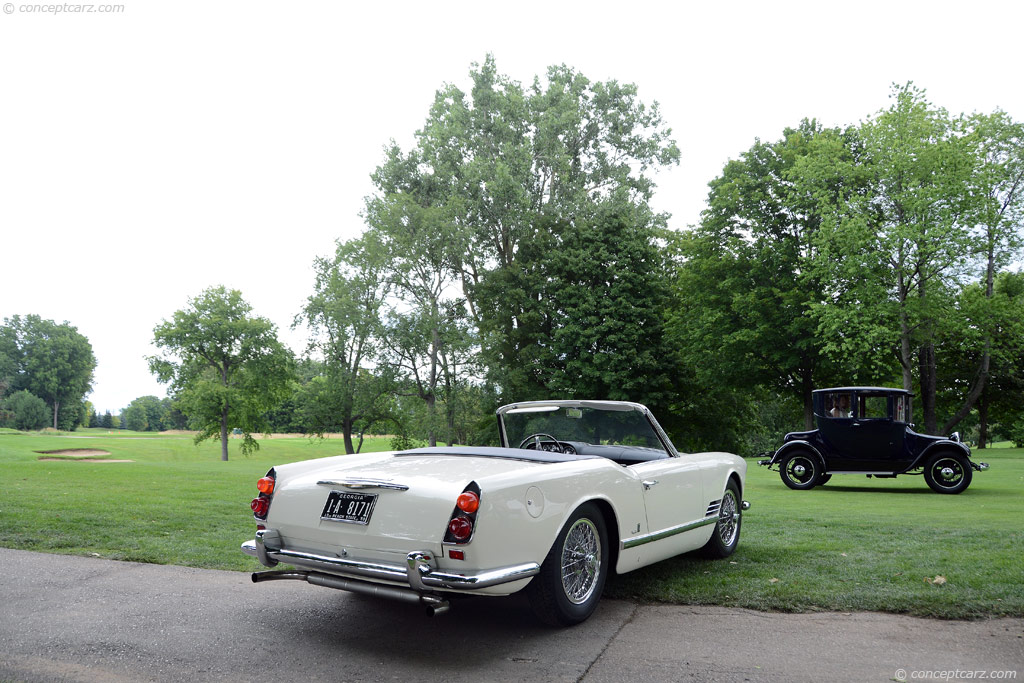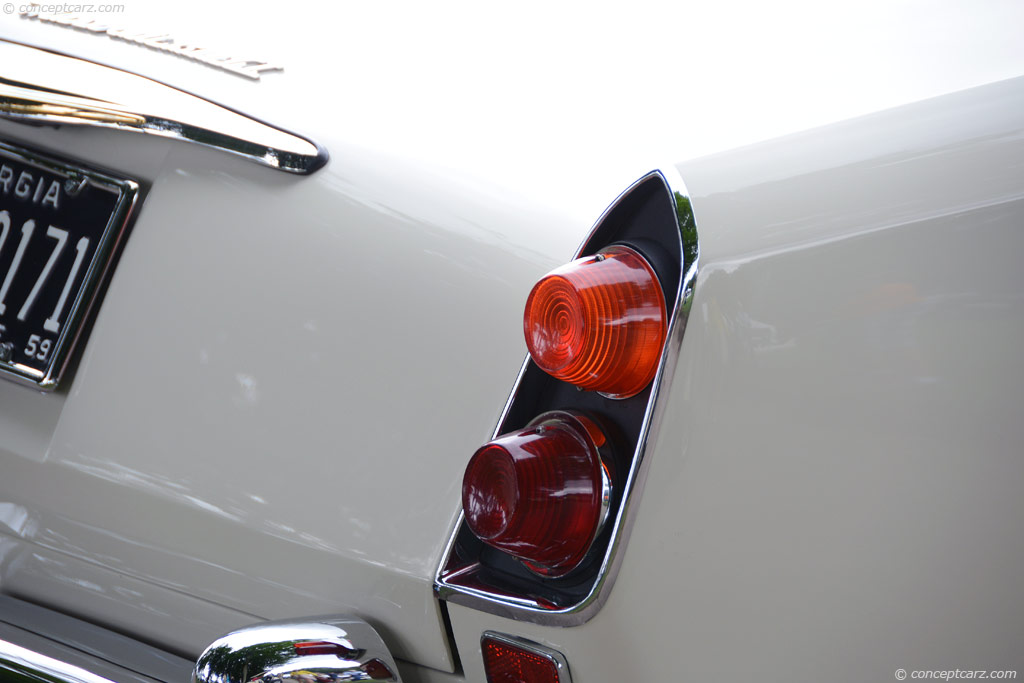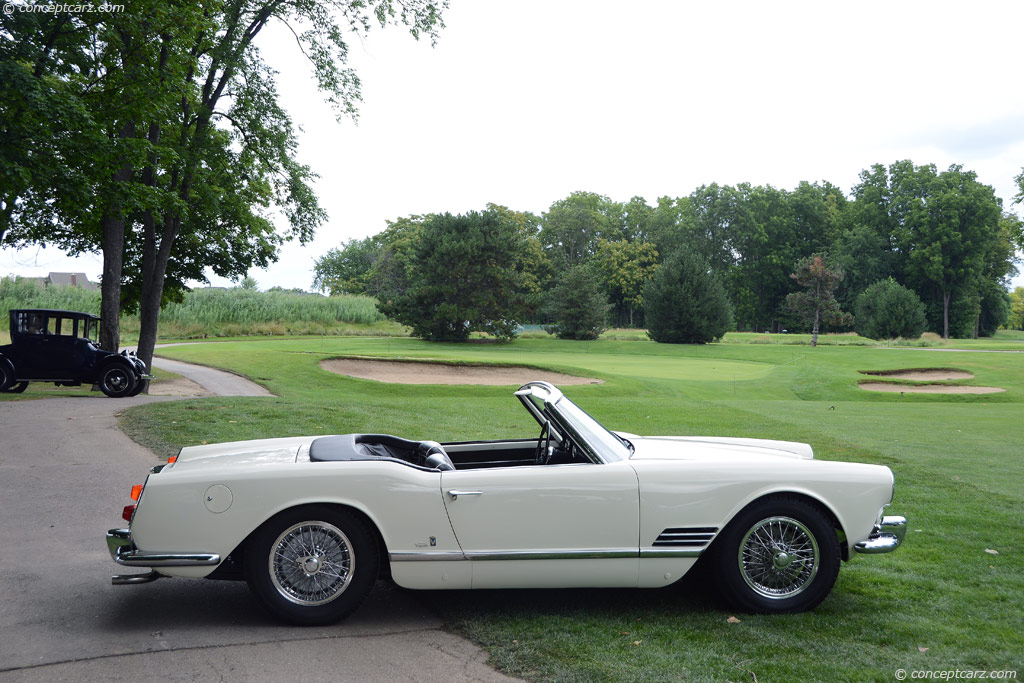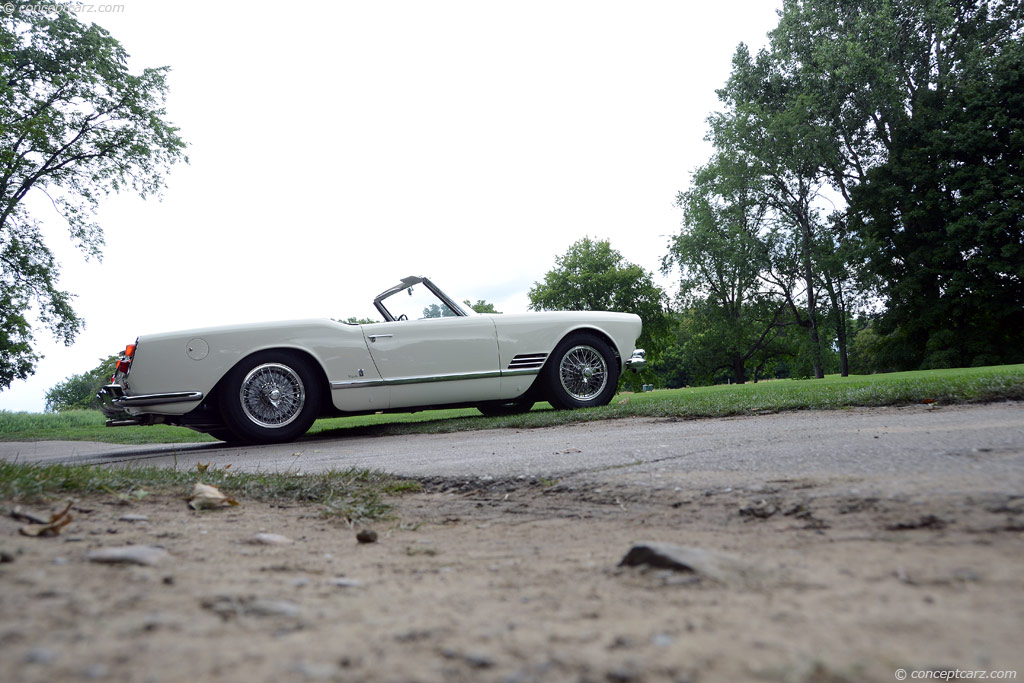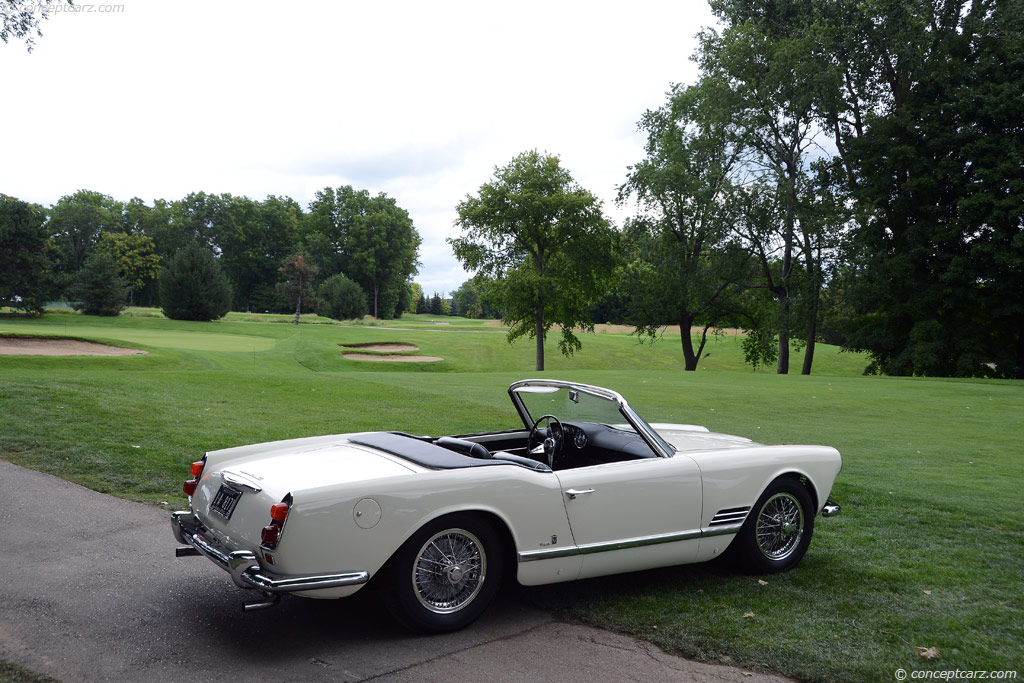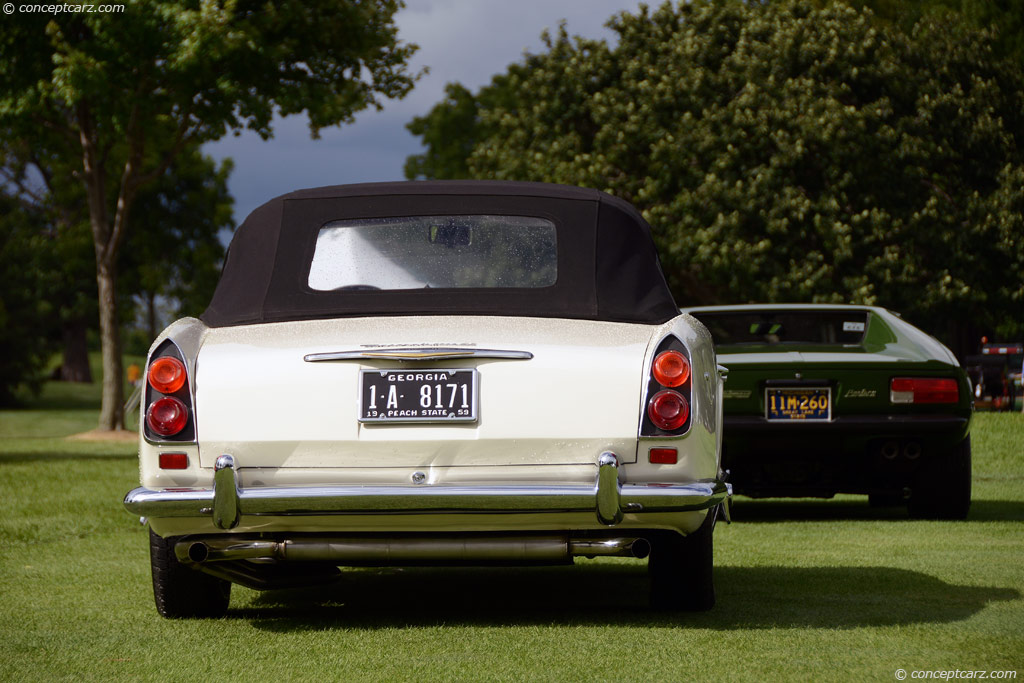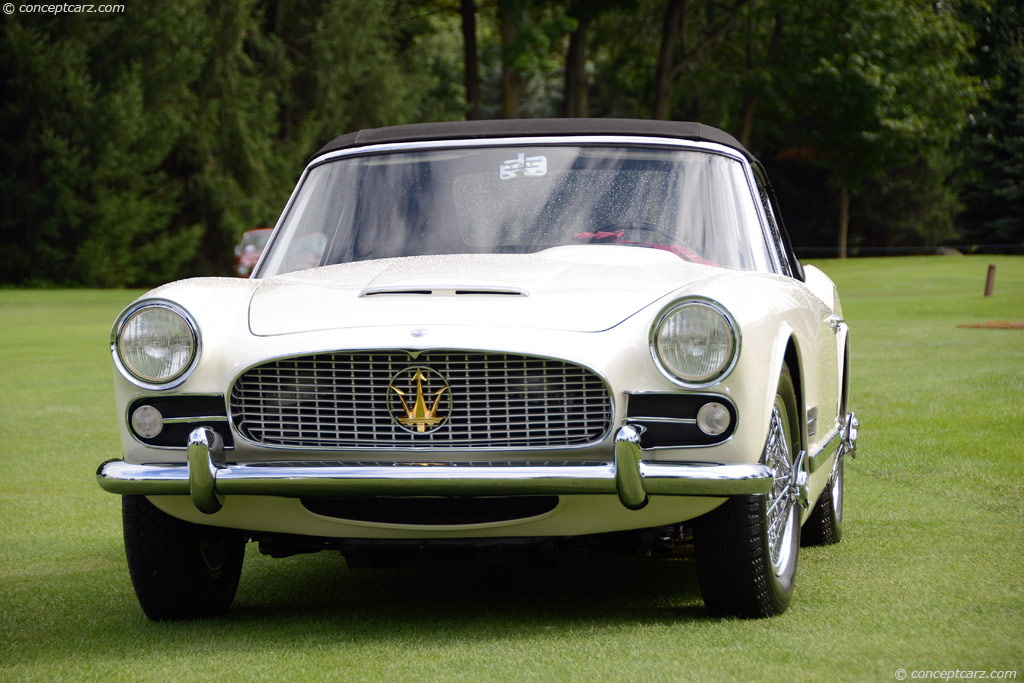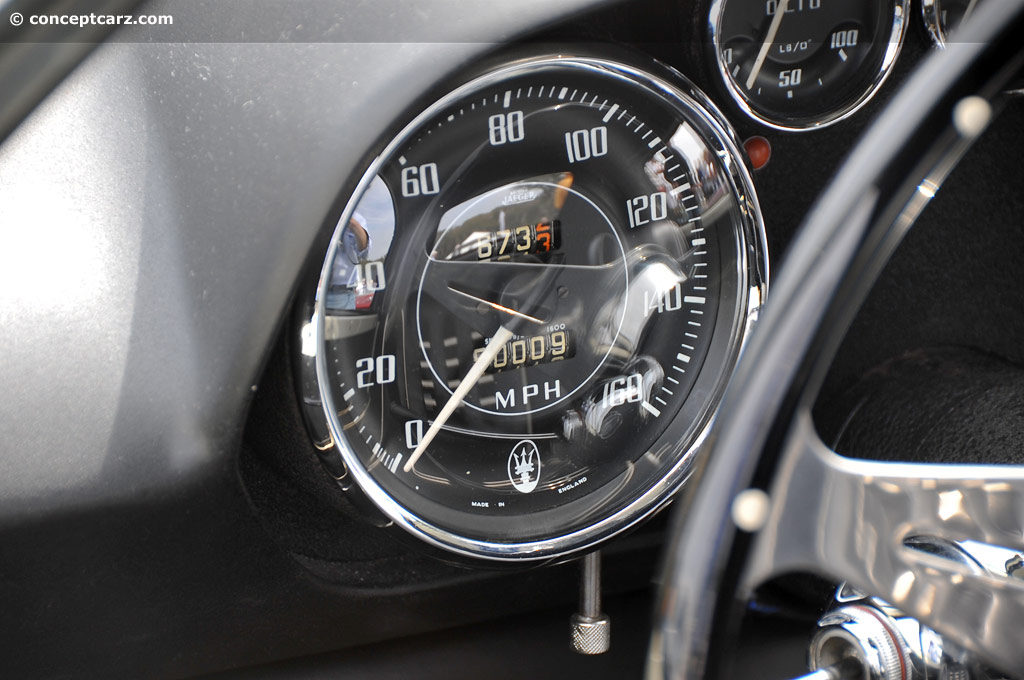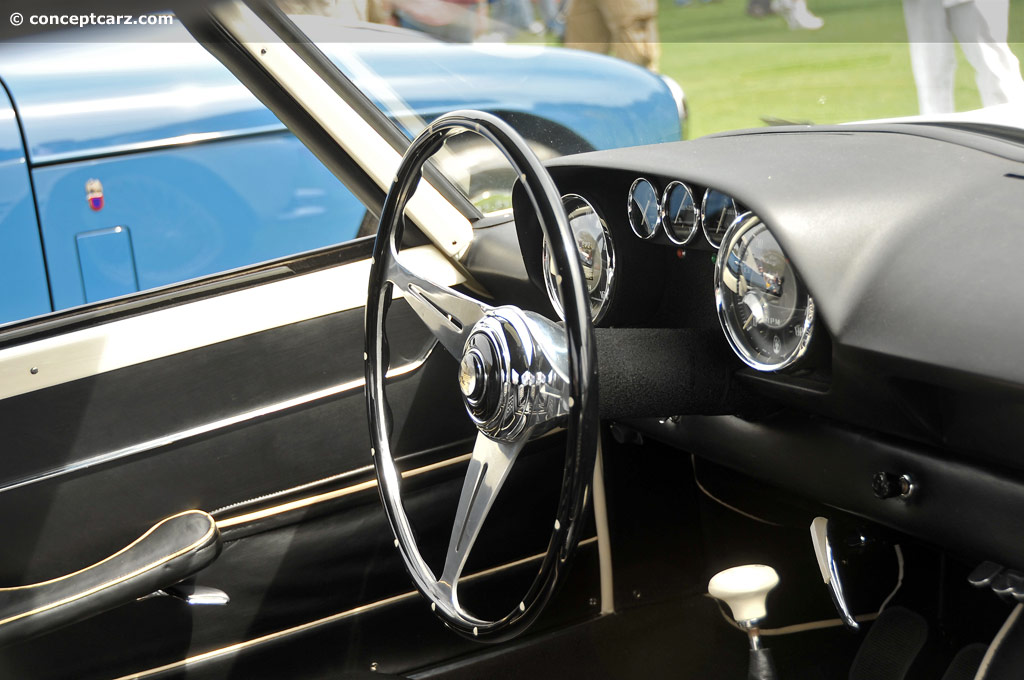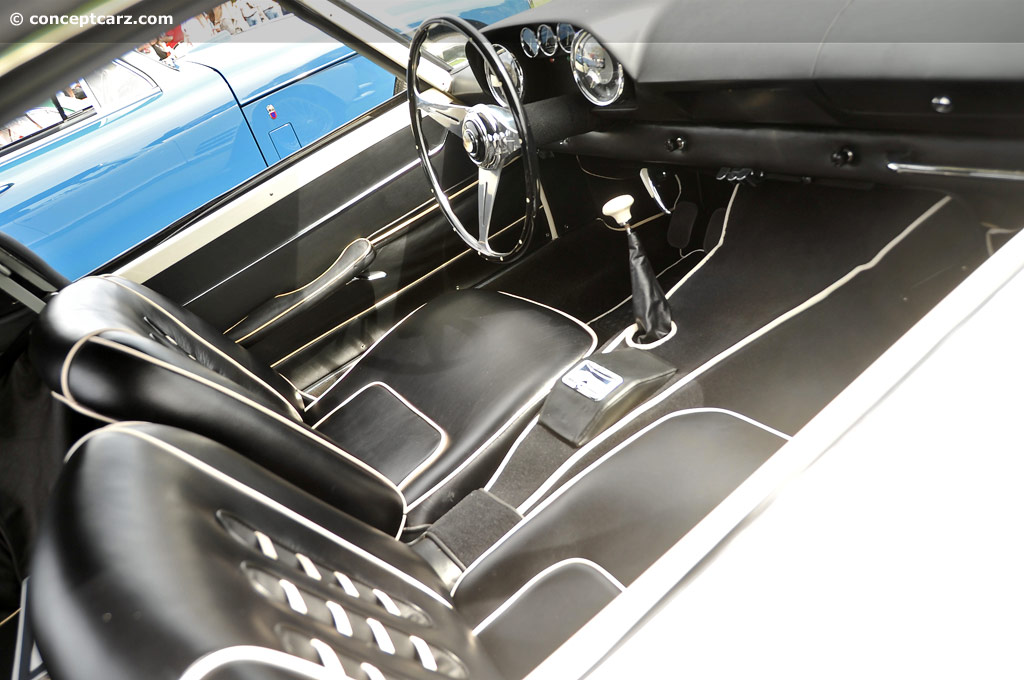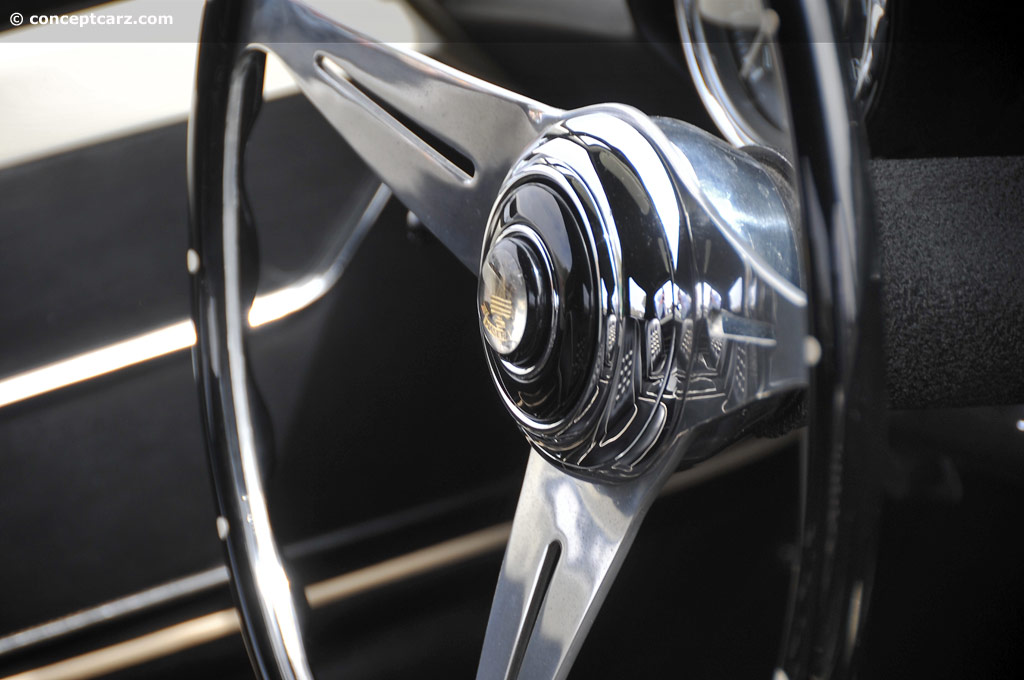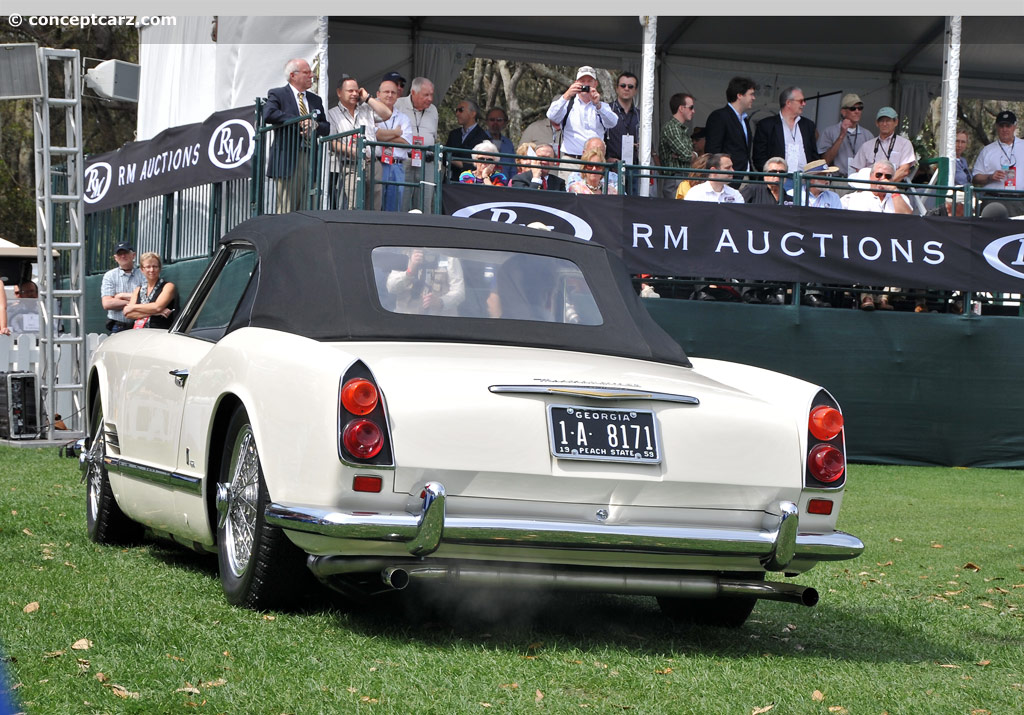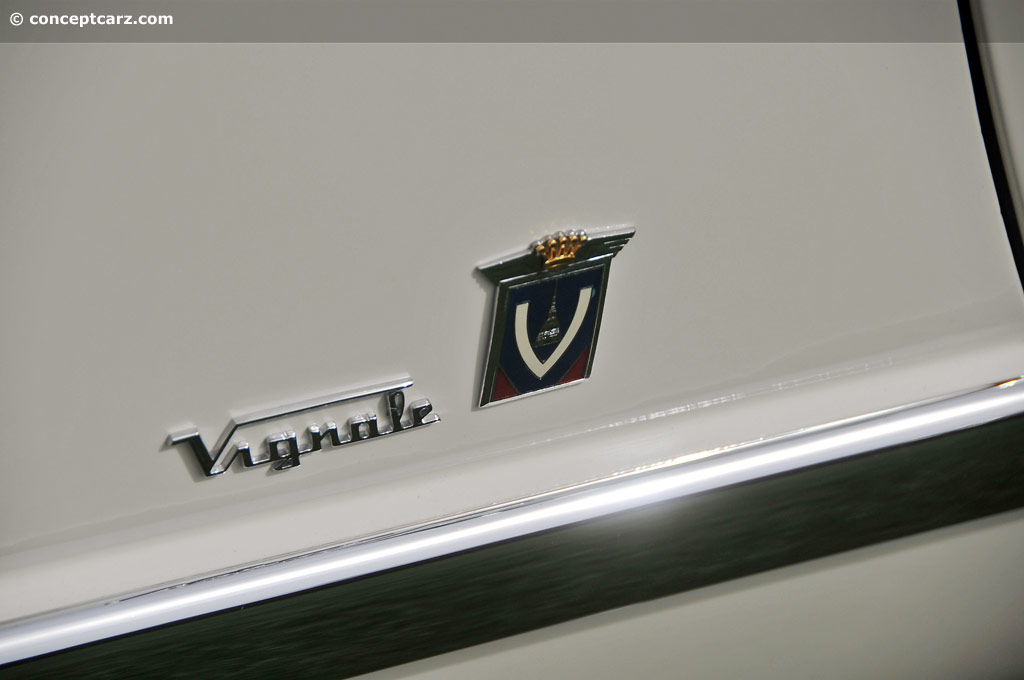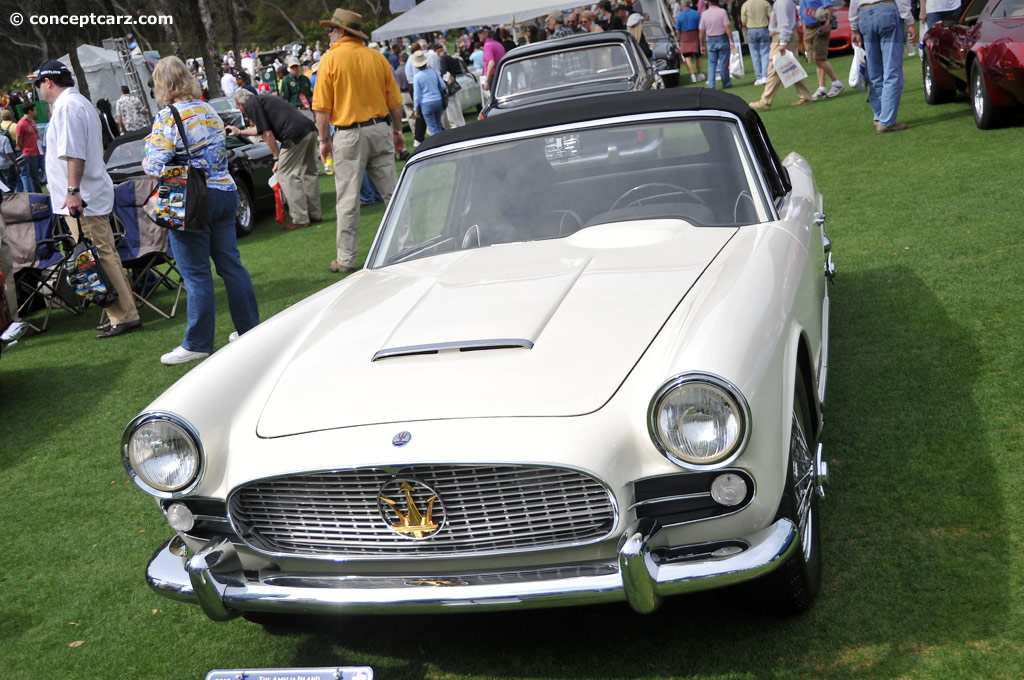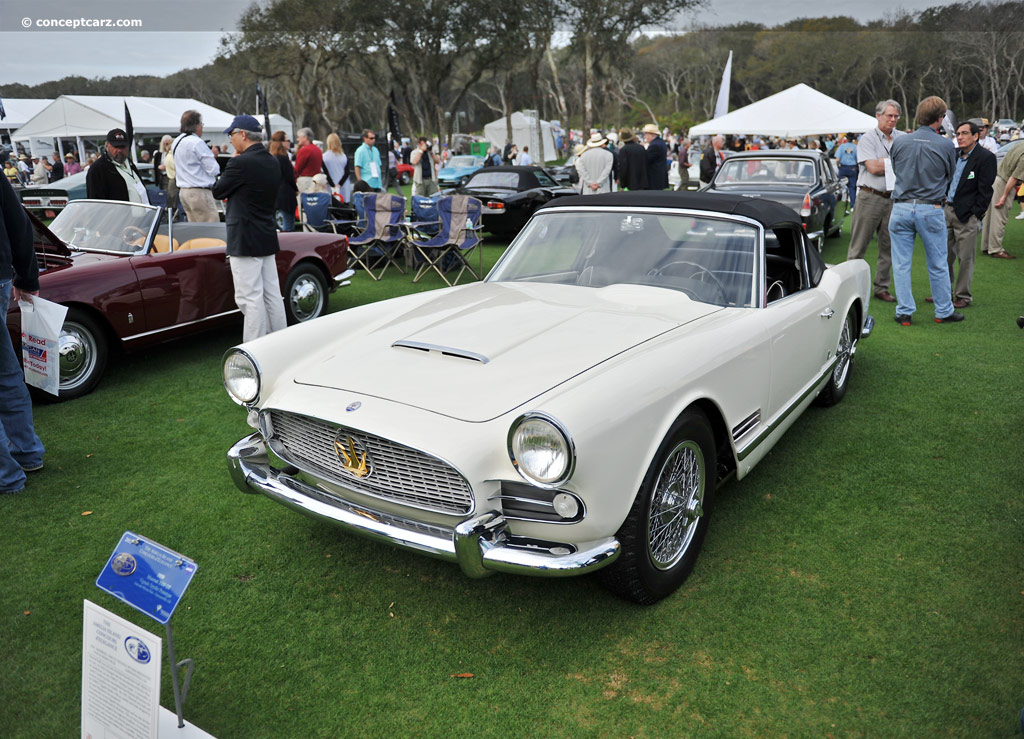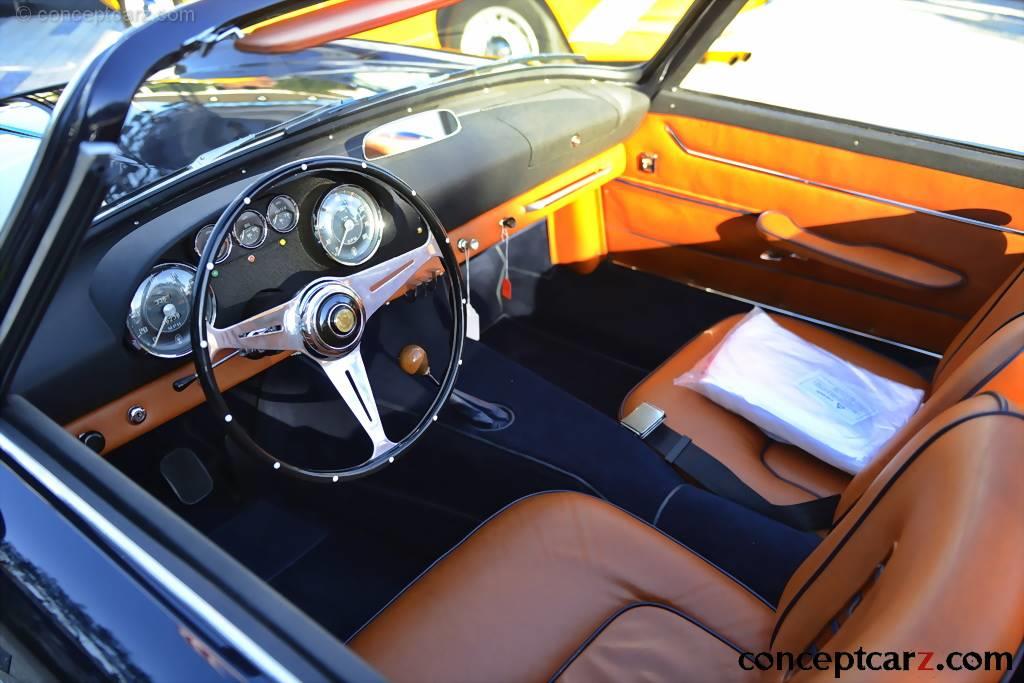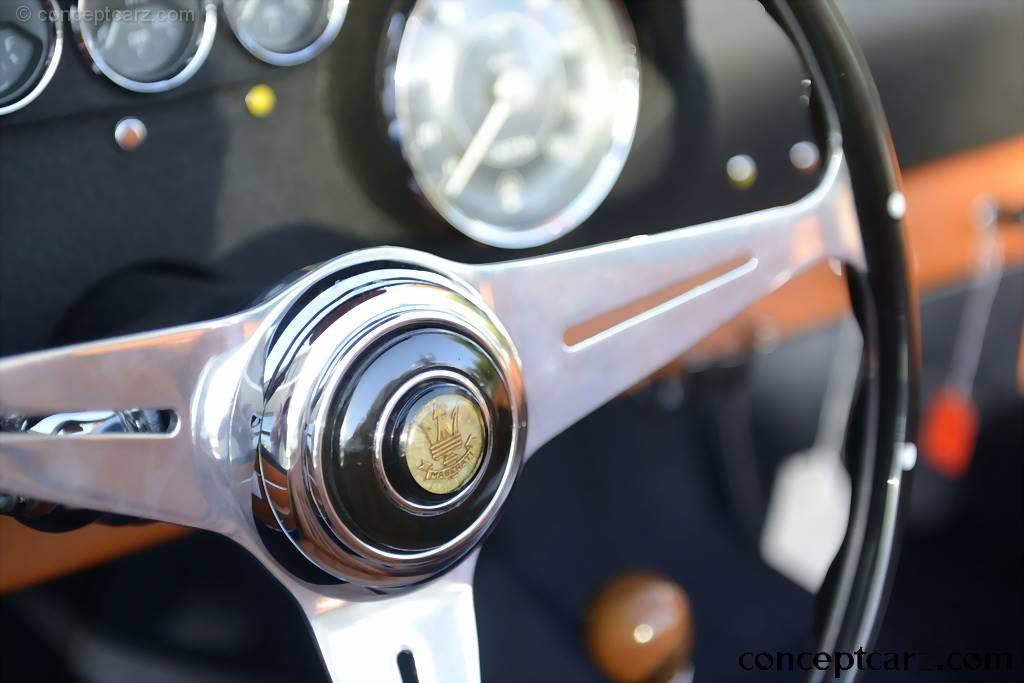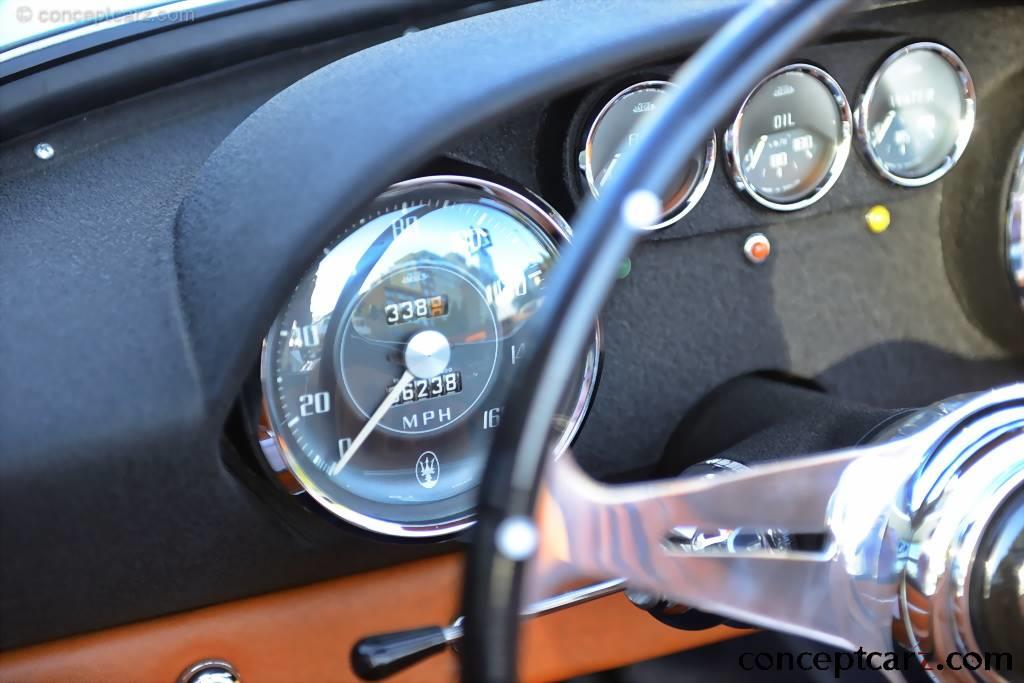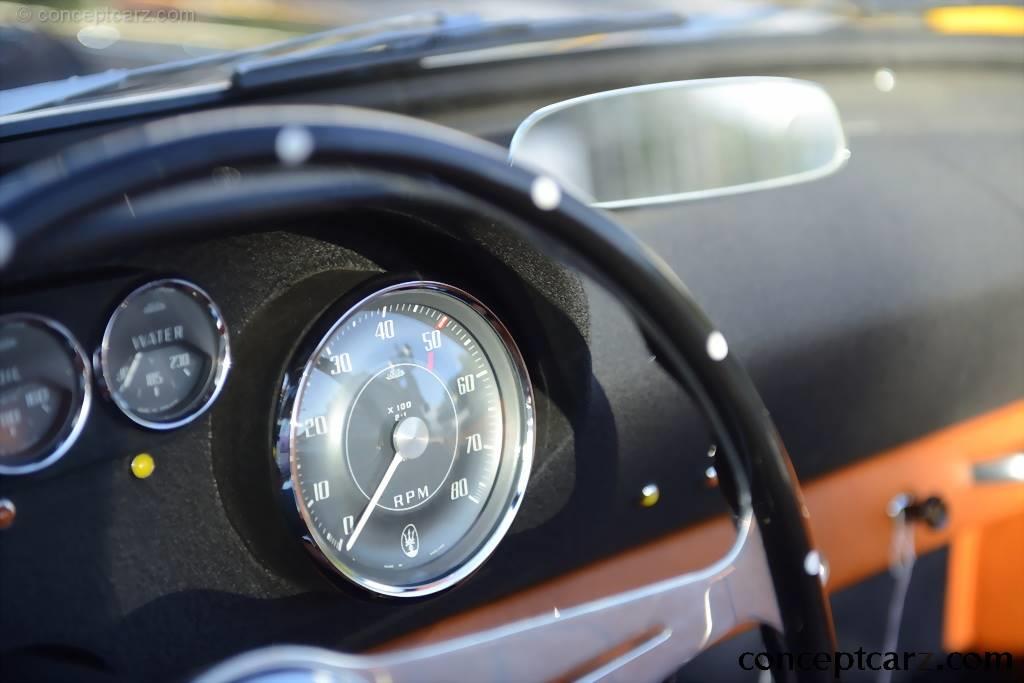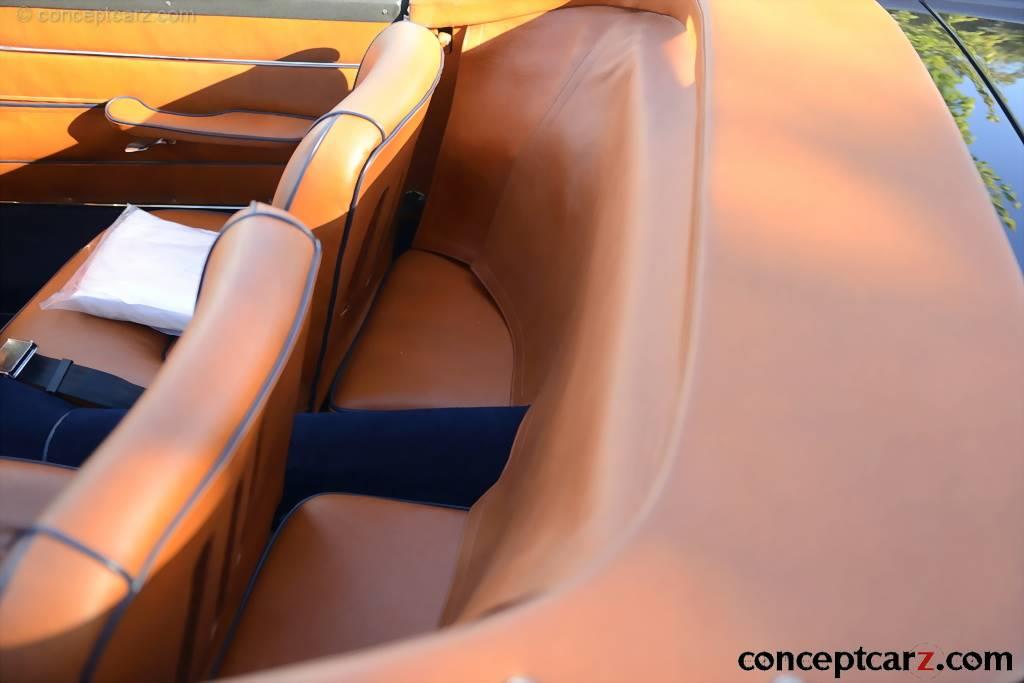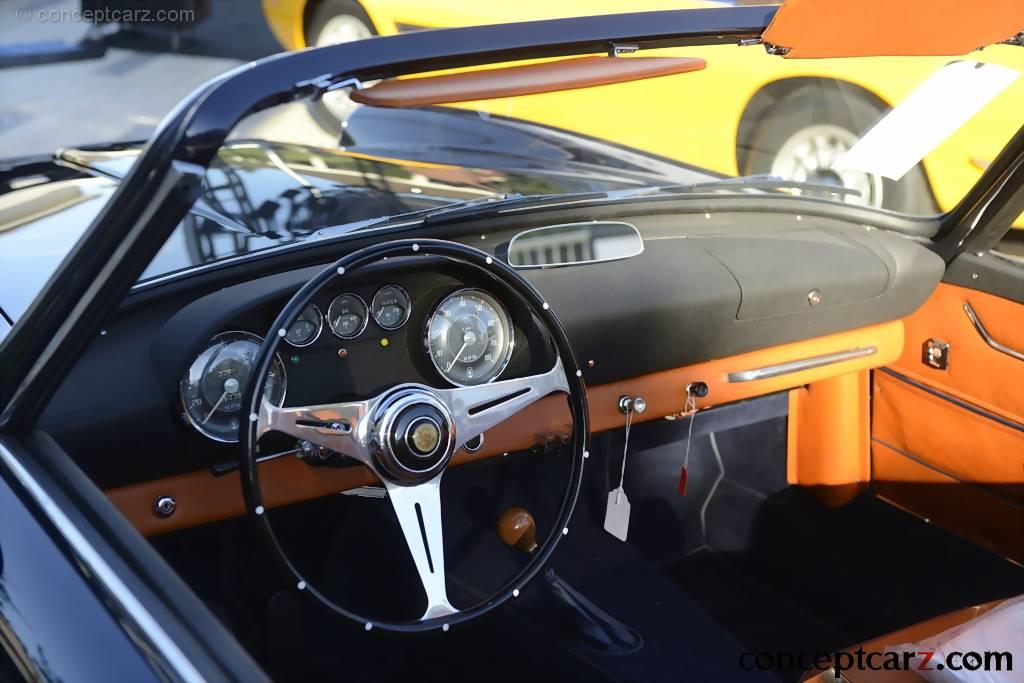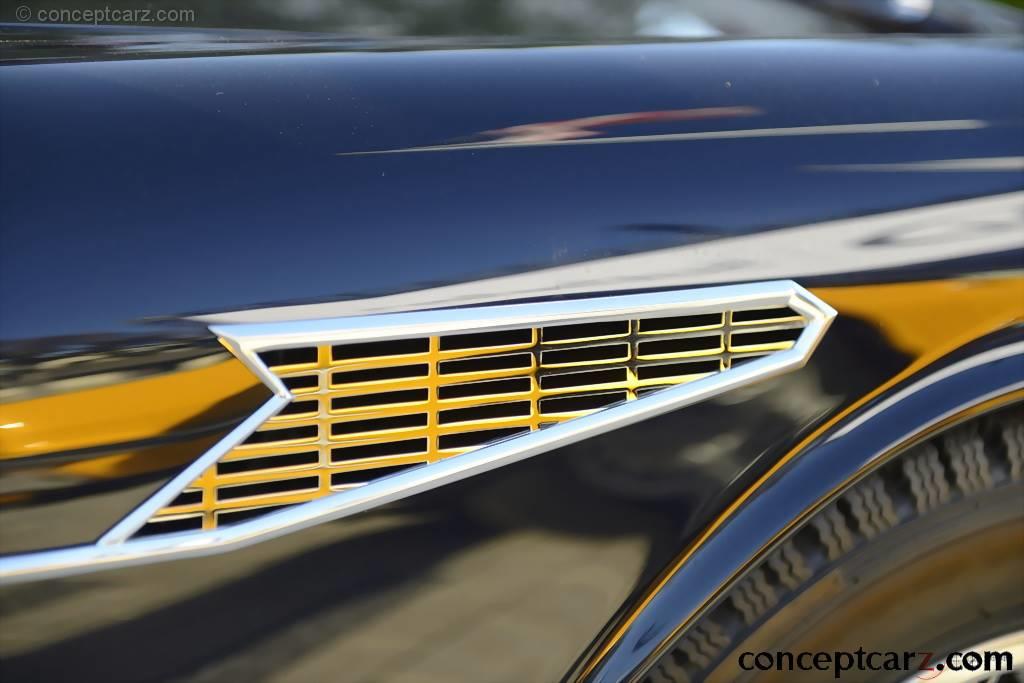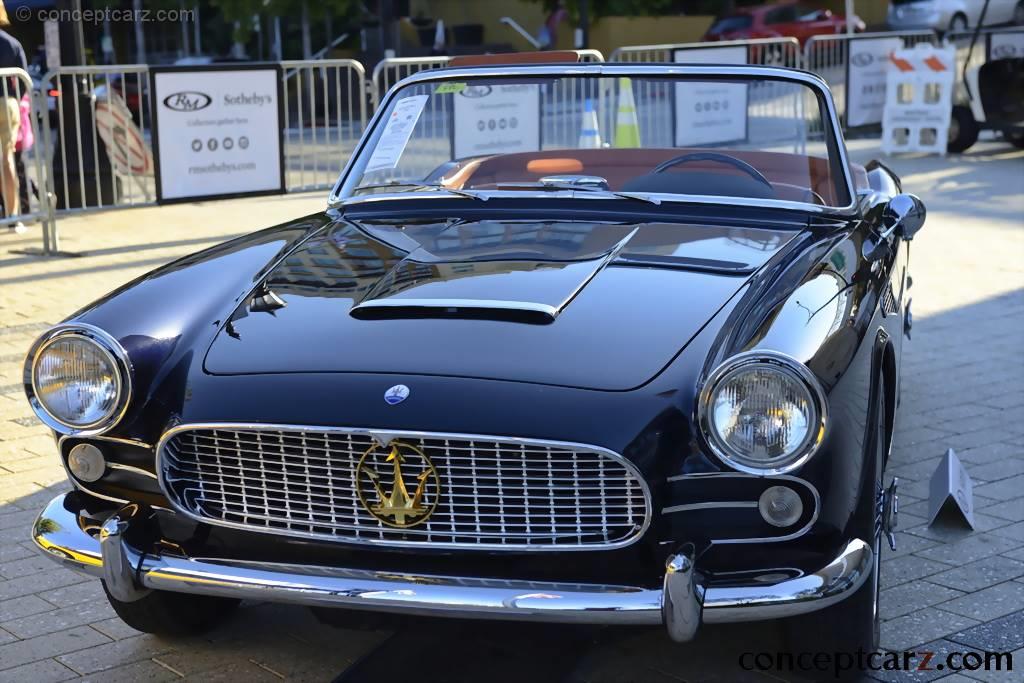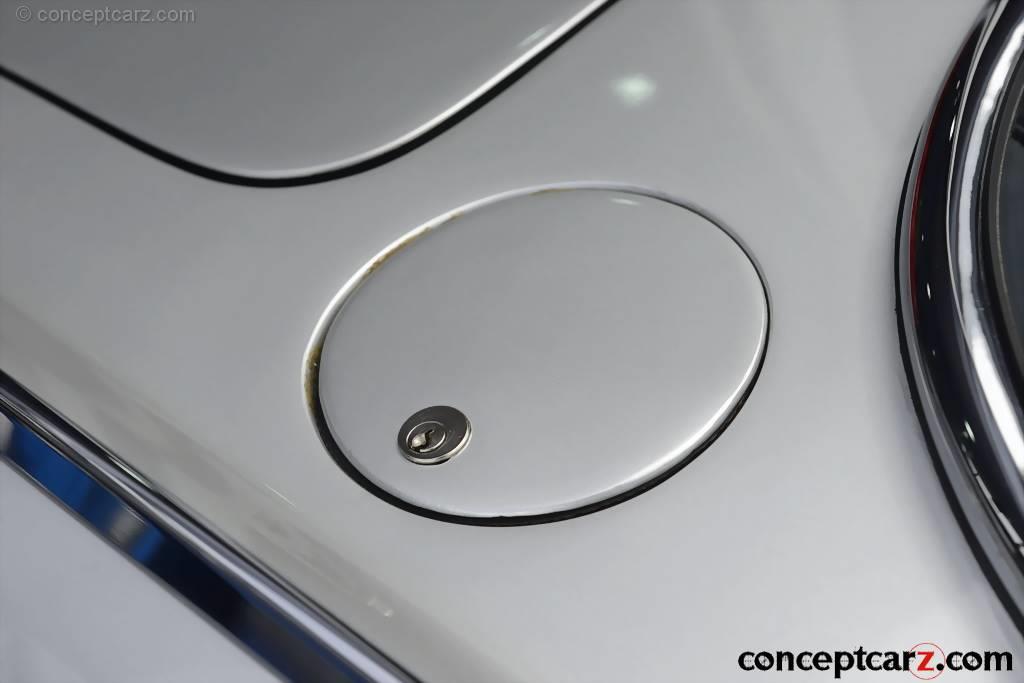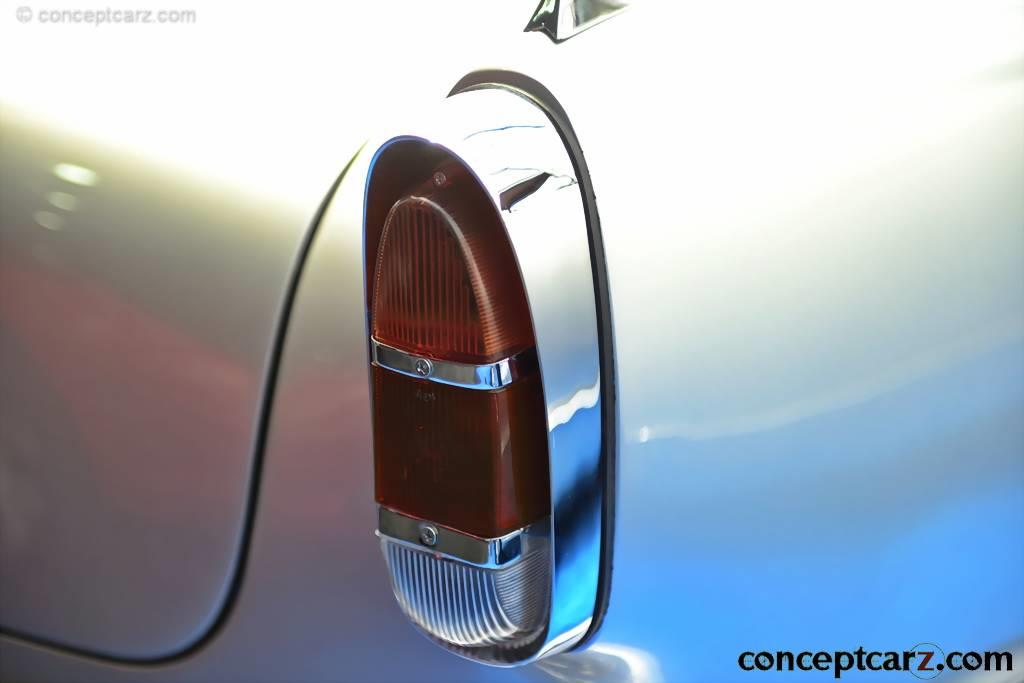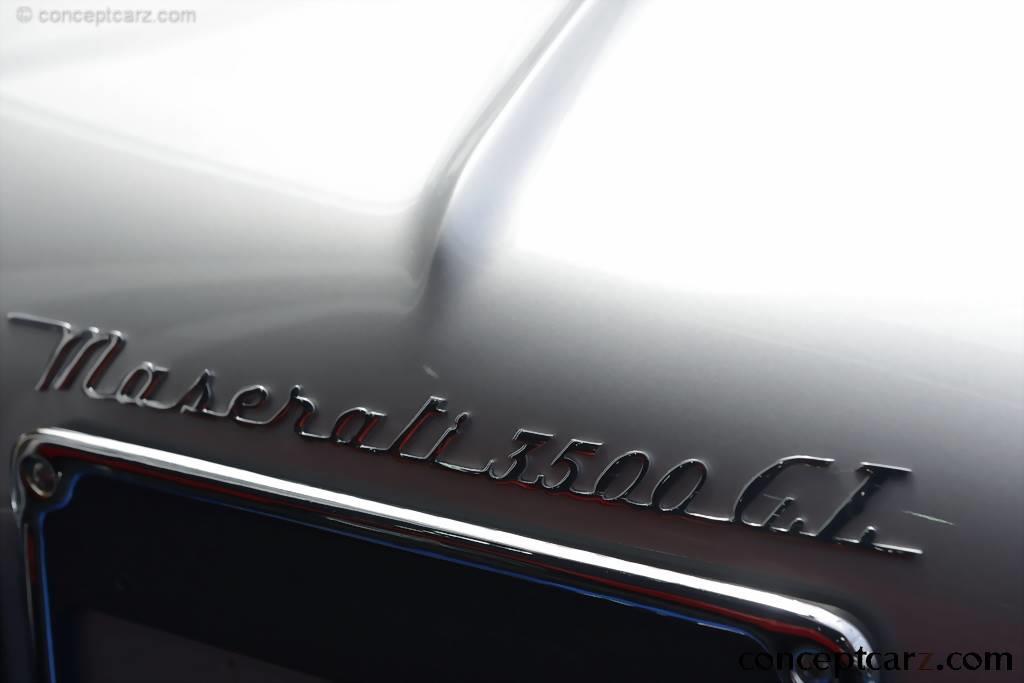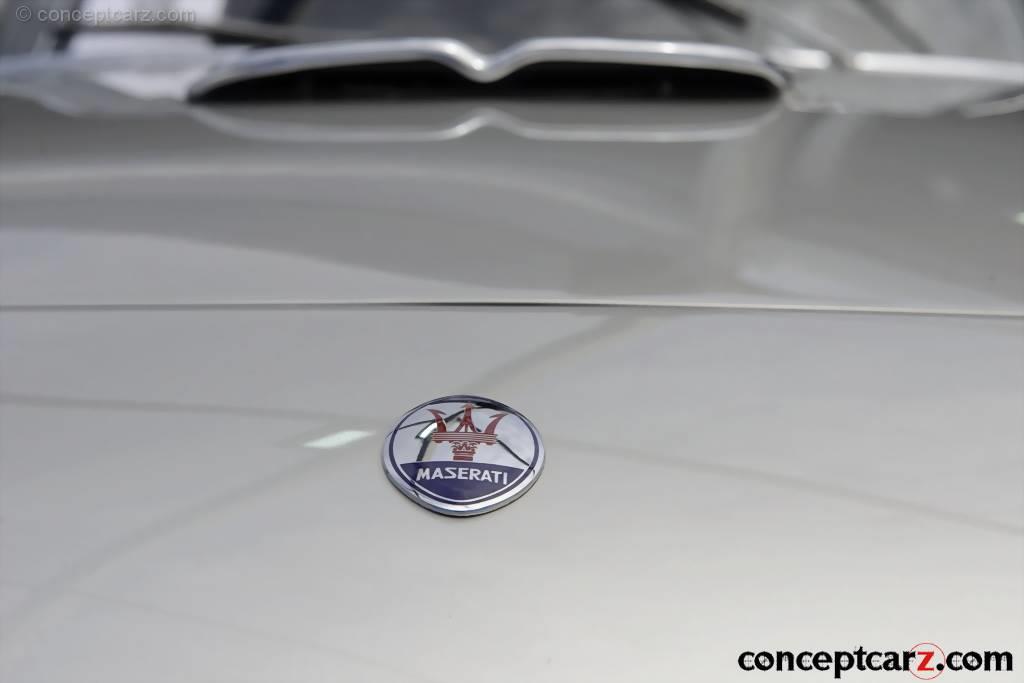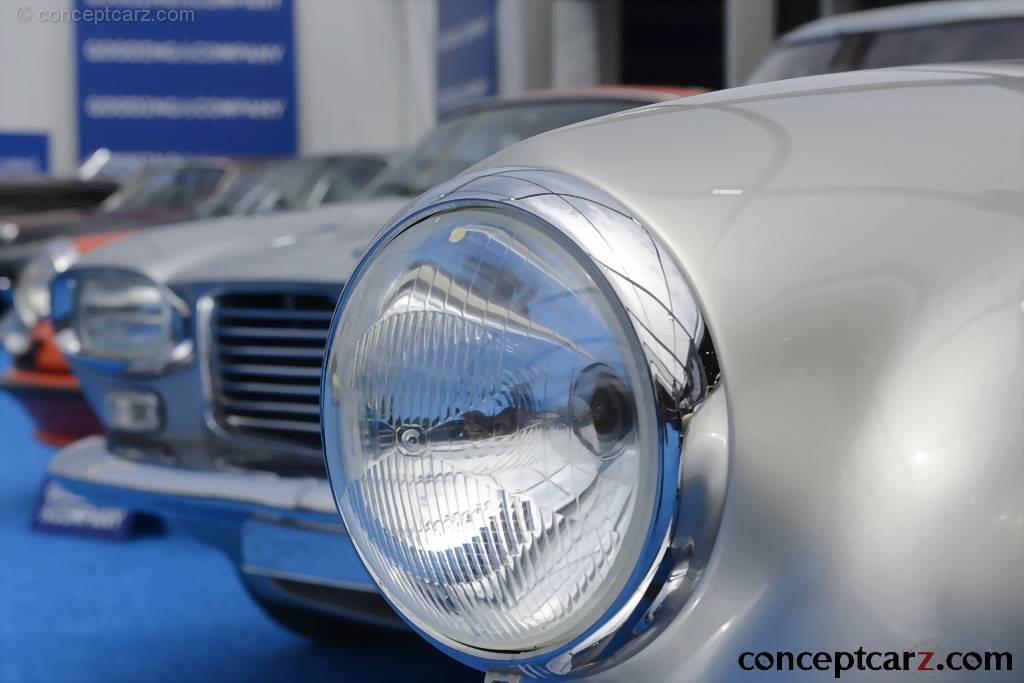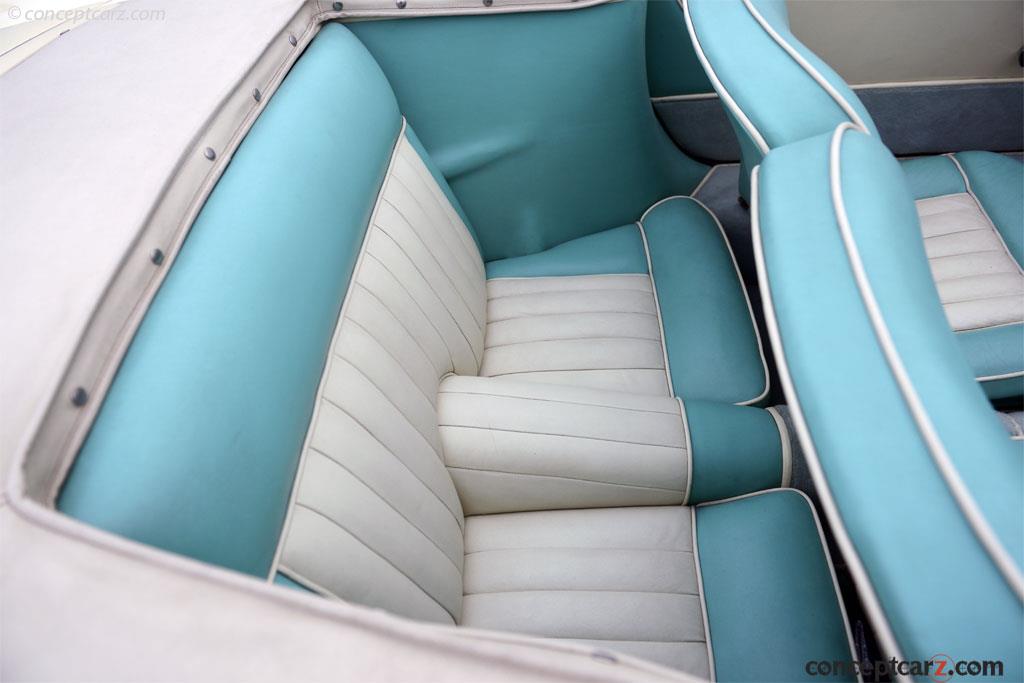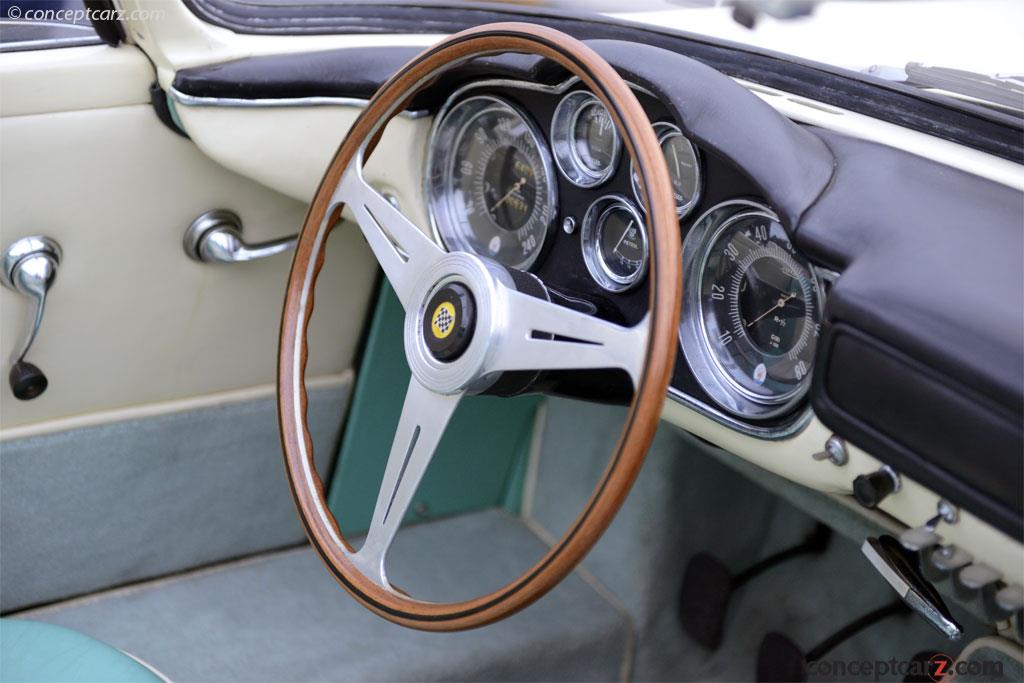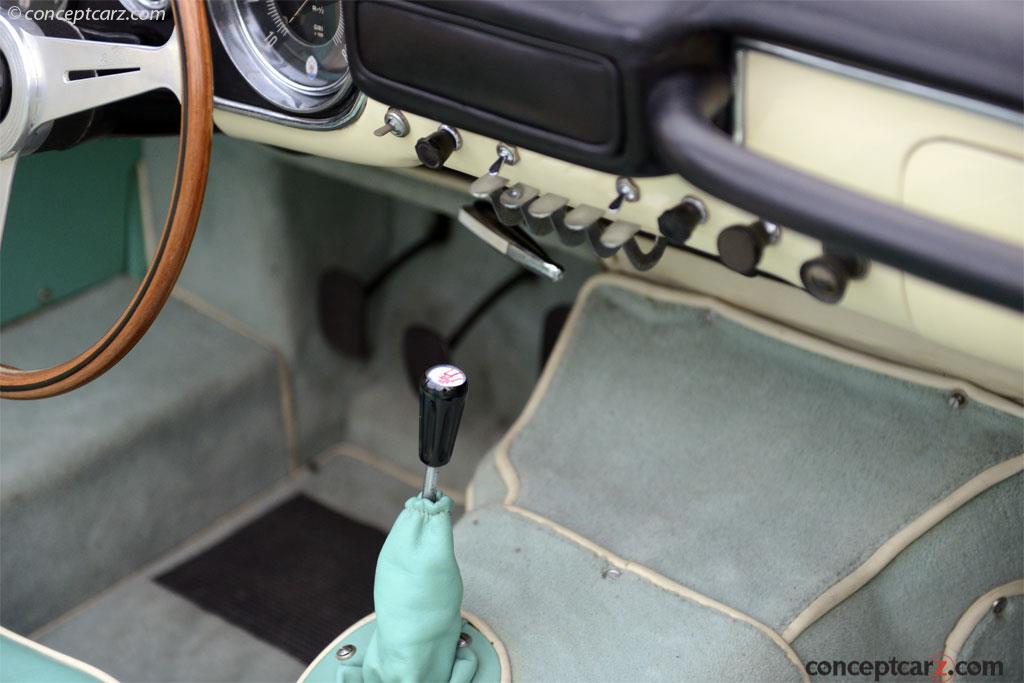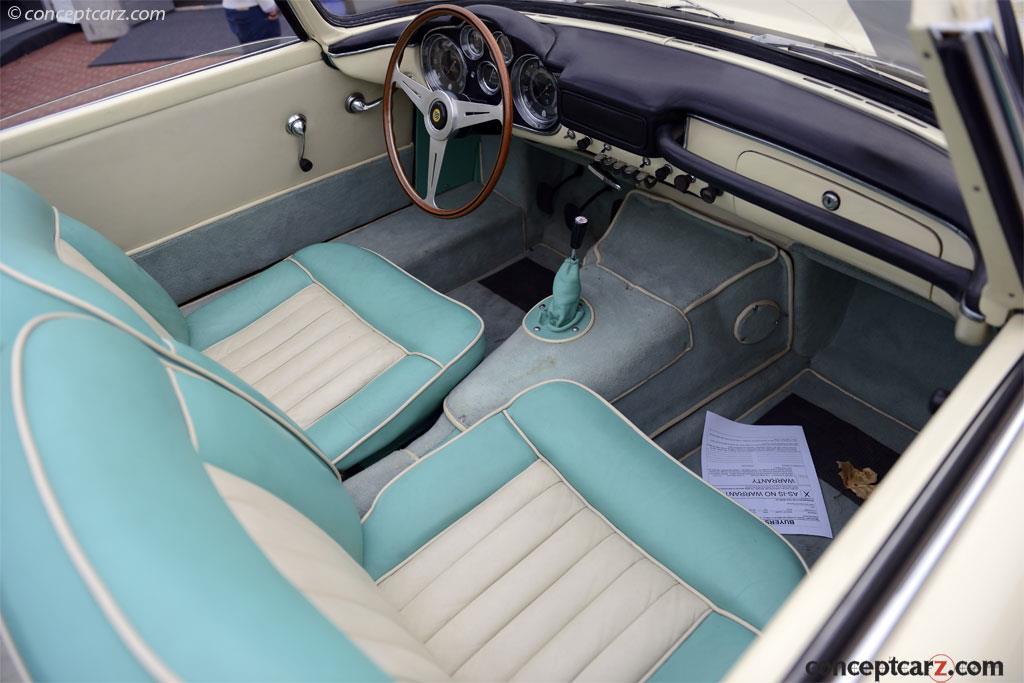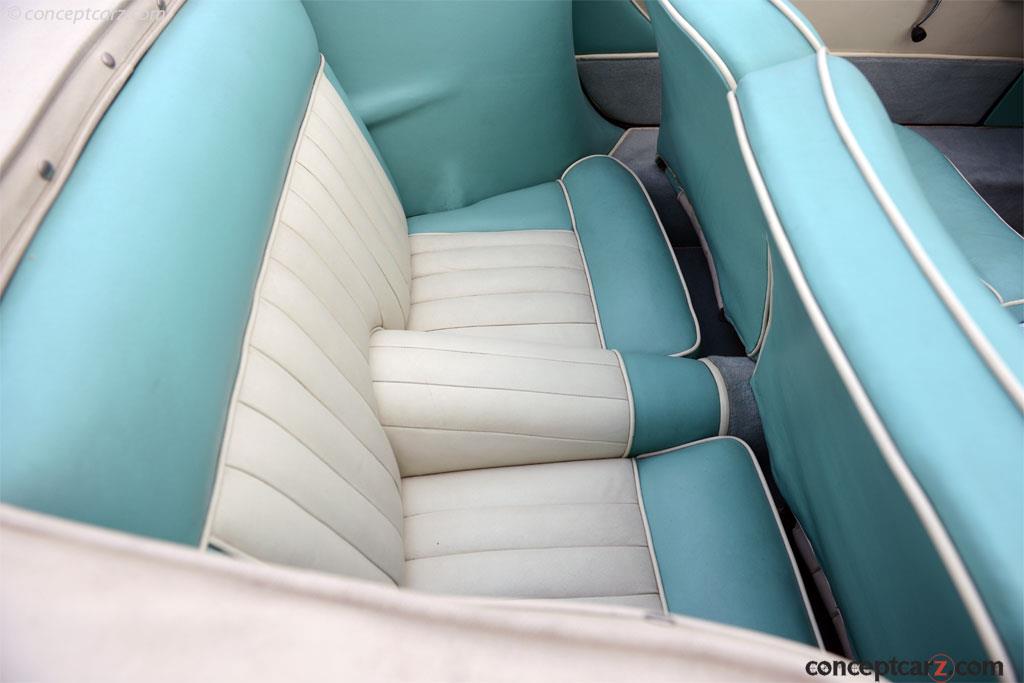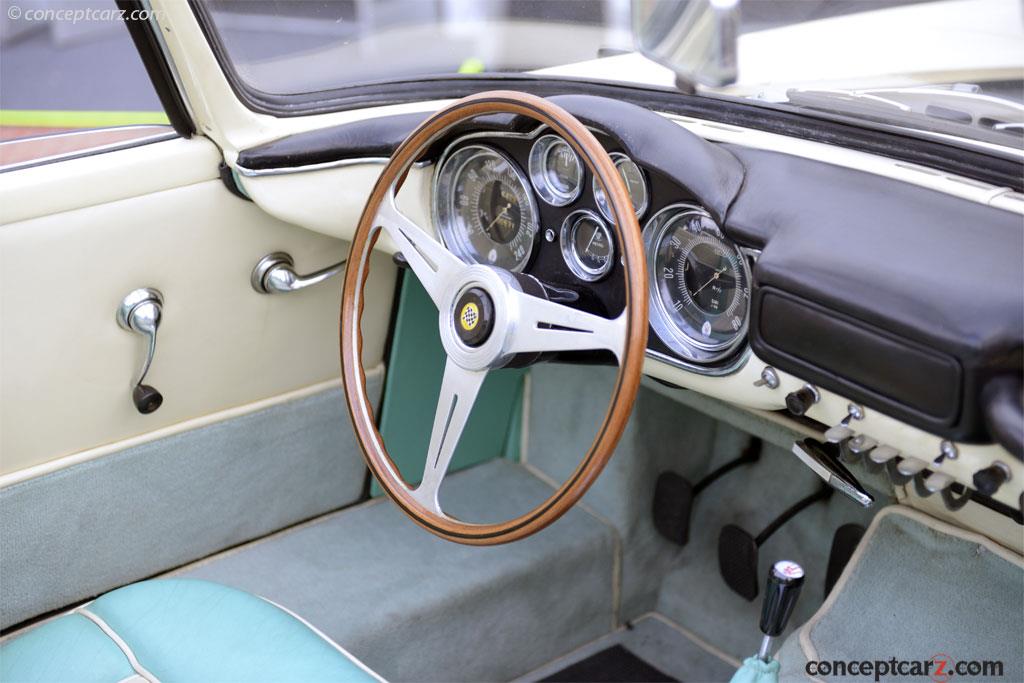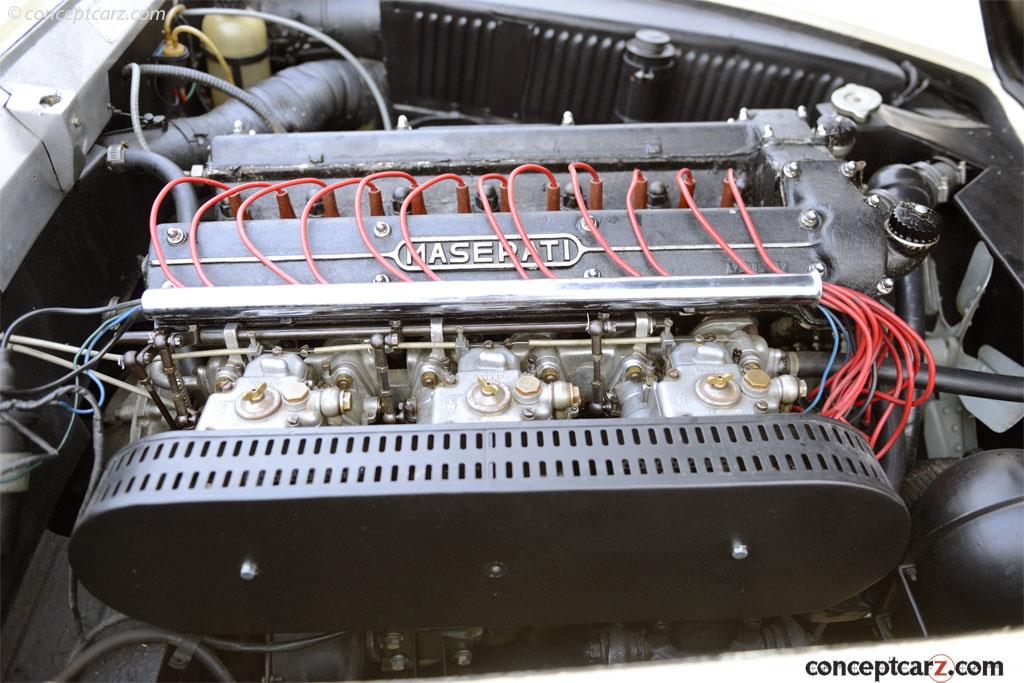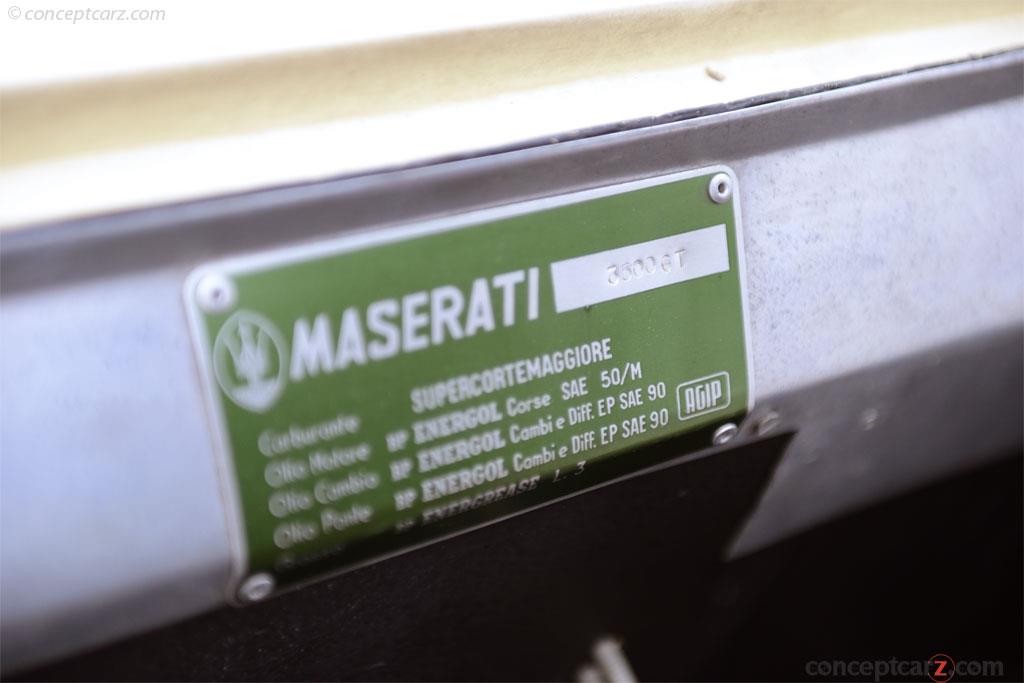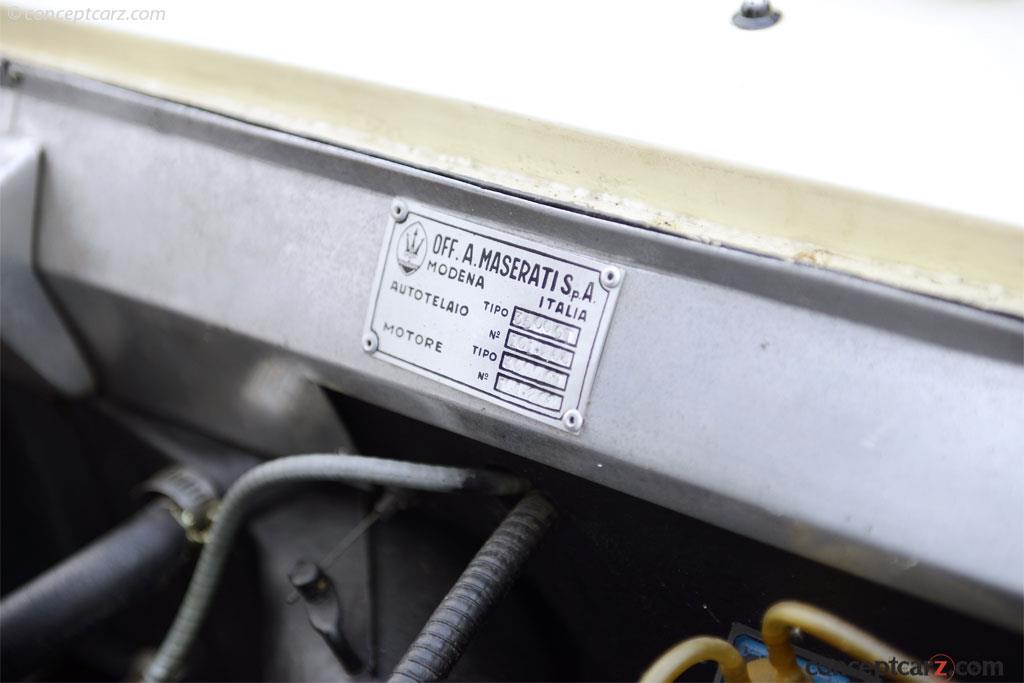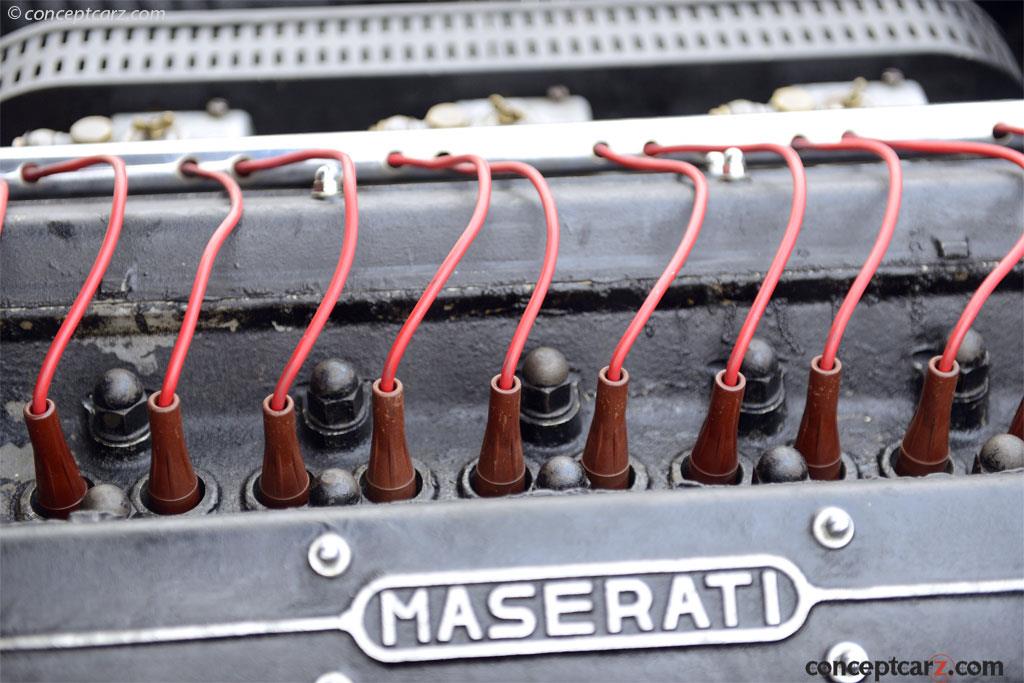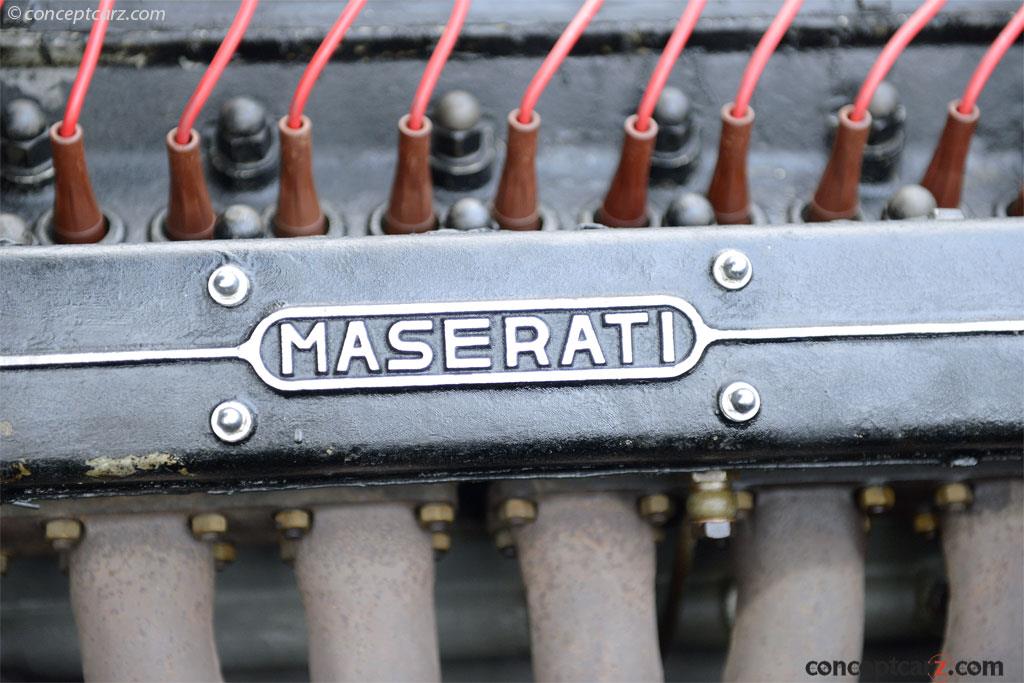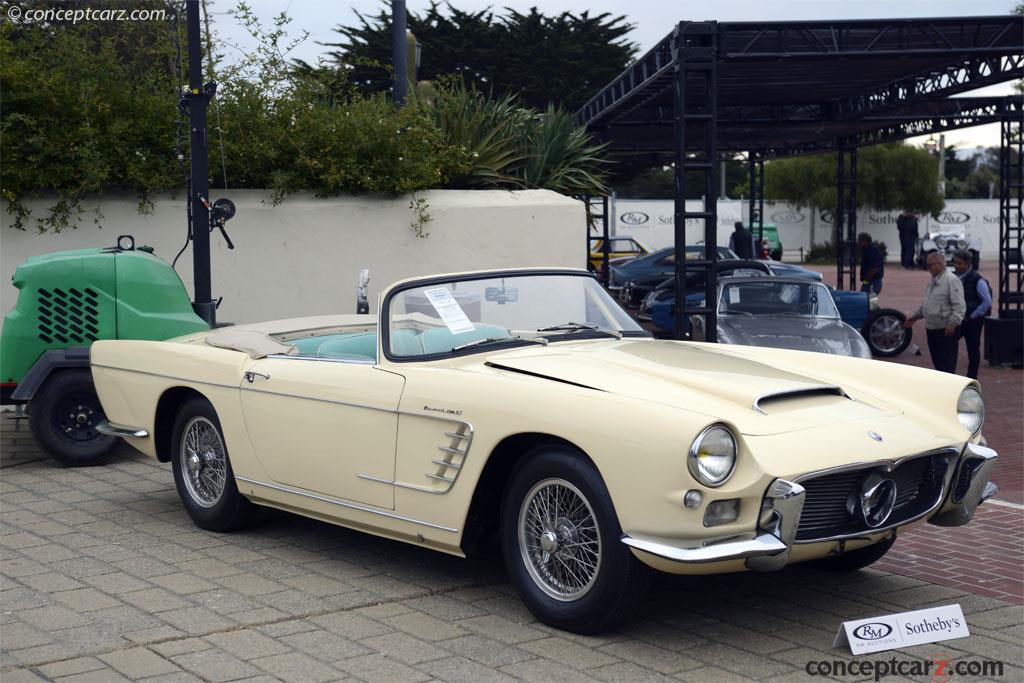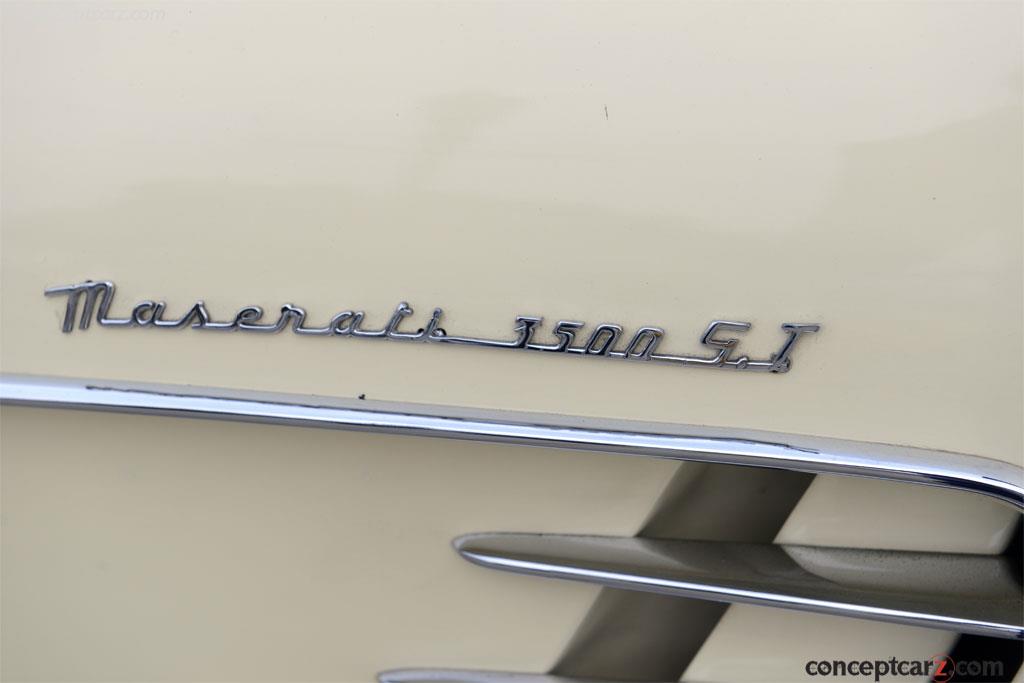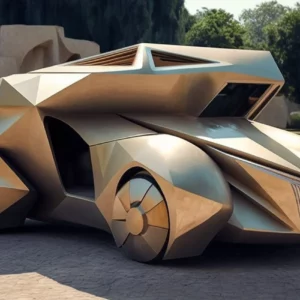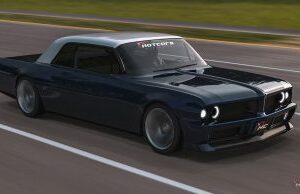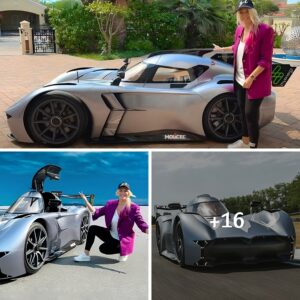The Maserati 3500 GT was a Gran Turismo paragon of its era and the company’s first genuine series-production road car. Introduced in 1957, it embodied the design sophistication and engineering prowess earned through three decades of motorsport competition, that had resulted in some of the world’s finest and most competitive racing cars. The race-derived six-cylinder 3.5-liter engine had twin camshafts, twin plugs, and triple Weber carburetors. It had faultless build quality, impeccable road manners, and fine brakes.
In 1957, the 250F helped Juan Manuel Fangio earn his fifth World Championship, and the 450S captured the runner-up spot in the World Sportscar Championship. Despite these successes and numerous other motorsport accomplishments, the Modena marque was facing a bleak future. Its parent company’s financial difficulties eventually forced a withdrawal from racing and Maserati’s complete attention was shifted to its road-going products.
Development
Development of the 3500 GT models dates back to 1956 when Maserati was immersed in Formula 1 racing. The 3.5-liter engine powering the 250F Grand Prix car was modified for street use, and the talents of Carrozzeria Touring were enlisted for the creation of the aluminum 2+2 coachwork that would serve as the first prototype. It wore a white exterior which earned it the nickname, Dama Bianca (White Lady). It was shown at the Geneva Auto Show (Salon International de l’Auto) in March of 1957 where it was joined by a second 3500 GT prototype with coachwork created by Carrozzeria Allemano. The design by Touring was selected for production and only minor updates were made to the original design.
Mechanical Specification
The chassis and mechanical specification were courtesy of chief engineer Giulio Alfieri who was the creator of the Tipo 60/61 ‘Birdcage’ sports racer and was responsible for the development of the 250F into a World Championship winner. The 3500 GT’s tubular chassis frame was derived from the 350S sports car and its wheelbase measured 102.4-inches (the same as the prototypes). The front section was suspended by double wishbones and coil springs. The rear relied on a Salisbury solid axle with semi-elliptic leaf springs. Hydraulic dampers and anti-roll bars were placed at all four corners. The steering was of the recirculating ball type and the brakes were initially Girling 12-inch finned drums. The 16-inch steel disc wheels were initially wrapped with Pirelli Stella Bianca tires, while later examples used Pirelli Cinturato radial ply tires. Borrani knock-off wire wheels were part of the options list, as were wider 185×16-inch radial tires. The mechanical sophistication of the 3500 GT revolved over the years through consistent development, with a five-speed ZF gearbox becoming optional in 1960 and standardized the following year. Large Alfin drum brakes were offered until 1959, when three options were added, which were front disc brakes, a limited-slip differential, and center-lock Borrani wire wheels. In 1961, a Lucas mechanical fuel injection system was added.
Engine
With three twin-choke 42 DCOE Weber carburetors, the 3.5-liter (3485.29cc) DOHC unit offered 217 bhp (220 PS) horsepower at 5,500 RPM. The 12-valve straight-six unit had a 3.4-inch (86mm) bore and a stroke of 3.9-inches (100 mm). Aluminum was used for the engine block and cylinder heads, and cast iron for the cylinder sleeves and valve seats. It had Hemispherical combustion chambers, a dual fuel pump, dual ignition, and a mechanical Marelli ignition system.
With the Lucas mechanical fuel injection system, output rose to 232 bhp (235 PS) at 5,500 RPM. With this system in place, it was known as the 3500 GTi (with ‘i’ representing fuel injection). It was introduced at the 1960 Salon International de l’Auto and by the following year had become the first fuel-injection Italian production car. 1961 was also the year the five-speed gearbox became standard equipment. Exterior styling changes were minimal but noticeable including a lowered roofline and a slightly longer body. The vent windows, rear lights, and grille were also mildly updated.
Vignale Spyder
In 1960, Alfredo Vignale was selected to build a Spyder version. It used a shorter (by 100mm) wheelbase and was given subtle, yet distinctive design differences. Among the list of unique design cues were the hood scoop, the fender top line which was straight on the 3500GT but had a distinctive drop in front of the rear fender in the Vignale Spyder, and the grille emblem. The Spyder also had sloped rear fascia and taillight housings. Similarities included the head and auxiliary light placement in the front fenders, and the windshields.
Production
Production of the Maserati 3500 GT continued through 1964 with a total of 2,226 examples built during that time (including 245 Vignale convertibles; 1,981 Touring coupes; 4 coupes by Allemano including the 1957 prototype; two or three coupes by Pietro Frua plus a spider; a Bertone-bodied coupe designed by Franco Scaglione; a Boneschi-bodied coupe designed by Rodolfo Bonetto; and a Moretti coupe). A total of 119 examples were sold during the 1958 model year and approximately 500 (its best year) in 1961.
